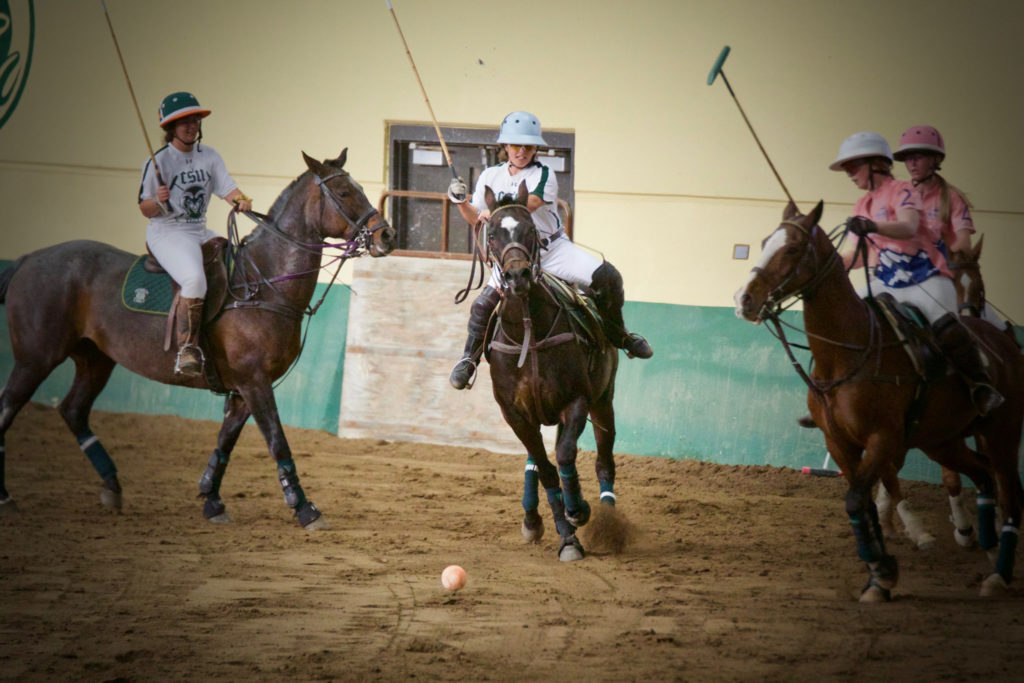
When you think of polo, what comes to mind first? Wealth and prestige? The sport of kings?
Colorado State University’s Polo Club is less about aristocracy and more about accessibility – for its players and its fans.
“People think they know what polo is but until they go to a match, they have no idea how amazing this sport really is,” said the club’s faculty adviser, Stephen Coleman, an associate professor in the Department of Animal Sciences.
CSU has a polo team?

The first equine polo team at CSU began in 1931, and played on grass; in its current state as an arena club, it’s been in existence since 1977.
The organization was the first CSU club sports team to win back-to-back national championships (1990 and 1991), followed by a third title in 1999. Most recently, the men’s varsity team took home their fourth national title in 2015. That same year, the program’s most famous former member, Kareem Rosser, was named the U.S. Polo Association’s Intercollegiate Player of the Year.
Rosser later authored the memoir, Crossing the Line: A Fearless Team of Brothers and the Sport That Changed Their Lives Forever, detailing his youth growing up in inner-city Philadelphia and unexpectedly discovering the joy of polo.
“But despite how well-established CSU Polo really is, there are still times when we talk with people about it and they say, ‘CSU has a polo team?’” Coleman said.
What the Chukker?


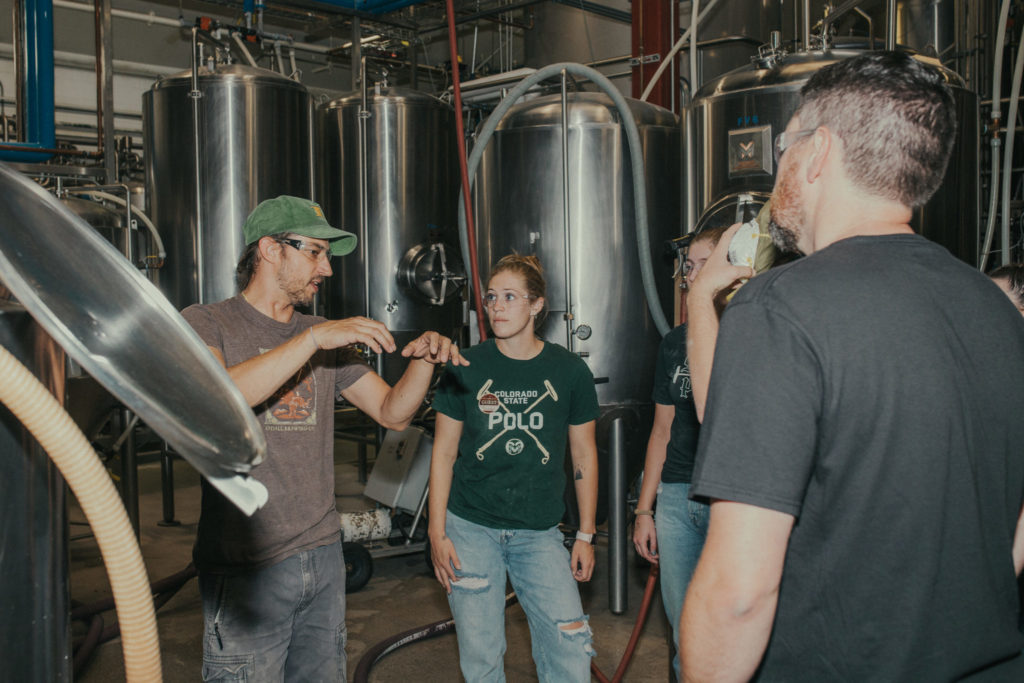
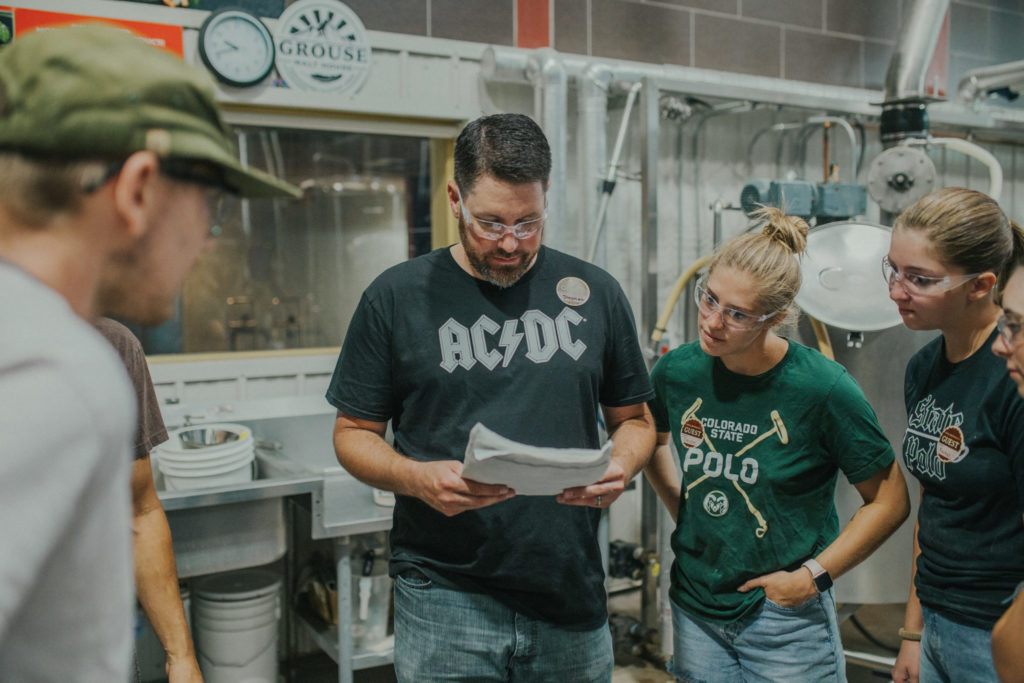

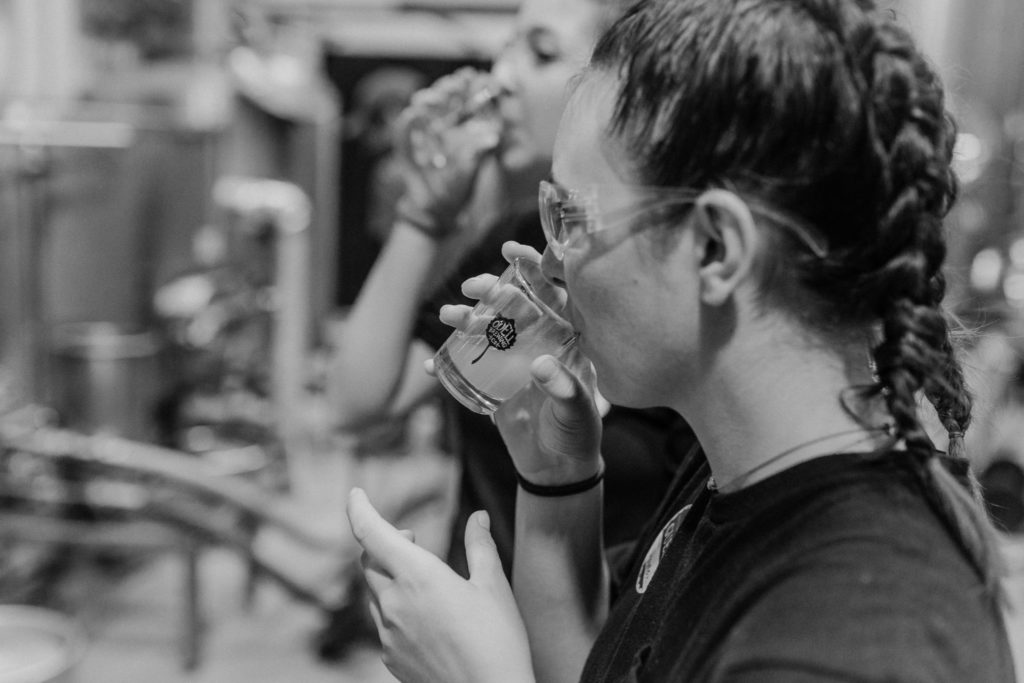
CSU Polo Club brews What the Chukker at Odell Brewing Company. Photos by Jason Menon/CSU
To introduce more audiences to the sport and the organization, the polo club recently teamed up with Odell Brewing Company to create the limited-release beer, What the Chukker. The public can learn more about the sport – and meet the ponies and the players – at a special release party Thursday, Sept. 22, from 4–8 p.m. at Odell Brewing (800 E. Lincoln Ave).
 Named after a period of play in a polo match, What the Chukker is a cold IPA, fermented at a lower temperature.
Named after a period of play in a polo match, What the Chukker is a cold IPA, fermented at a lower temperature.
“It’s America’s take on the lager,” said Odell Head Pilot Brewer and Barrel Manager Byron McAghon.
Instead of noble hops, the beer features American hops from the Pacific Northwest, such as Chinook, Cascade and Amarillo, to give it some fruity attributes as well as a touch of piney-ness, McAghon said.
“The club really wanted just a drinkable beer that was approachable to everybody,” he said. “Kind of like the polo club, itself.”
Not so hoity-toity
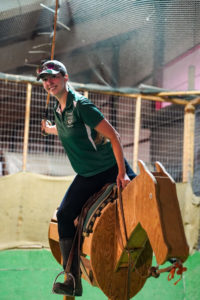
Despite the pretentious stereotypes, polo really is for everybody, said Rachel Mashek, the club’s vice president of operations who is majoring in biomedical sciences.
That’s why breaking down the barriers to the sport – for both audiences and players – is a defining part of CSU’s team, said Mashek, who grew up riding horses in Illinois but never considered playing polo until coming to CSU.
“I always thought it was only for really rich people or people who had grown up doing it their whole lives,” she said. “When I came here, I tried out for the team, and I made it and I’ve been loving it ever since.”
Those new to the sport are welcome, Mashek said. In addition to varsity and junior varsity men’s and women’s teams, the club has social teams for those who aren’t interested in competing and beginner teams where those who’ve never played or even ridden a horse before can try it.
The history of polo

Older than recorded history, polo originated in Central Asia as part sport and part training for war as it was primarily played by nobility and military men. According to the Museum of Polo, the modern version of the game began in India and quickly spread after British military officials observed locals playing the game.
Much like soccer or hockey, the object of the game is to get the ball – in this case, a high-impact soccer ball, just slightly smaller than a softball – into the other team’s goal. The trick is you must do so atop a horse while using a thin mallet.
Most polo matches have four chukkers in a game, explained Hannah Stock, an equine sciences student, as well as CSU polo club president. Each chukker runs seven-and-a-half minutes long and there are between four and six chukkers in a match.
Throughout the game, horses are switched out between each chukker and rotated between both teams. That’s done not only to give the horses a rest but also to level the playing field, Stock said.
“It’s a way to try to make it more equal,” Stock said. “If you play four chukkers, you’re never playing the same horse twice. That way you can’t keep your best horse for yourself.”
An expensive sport
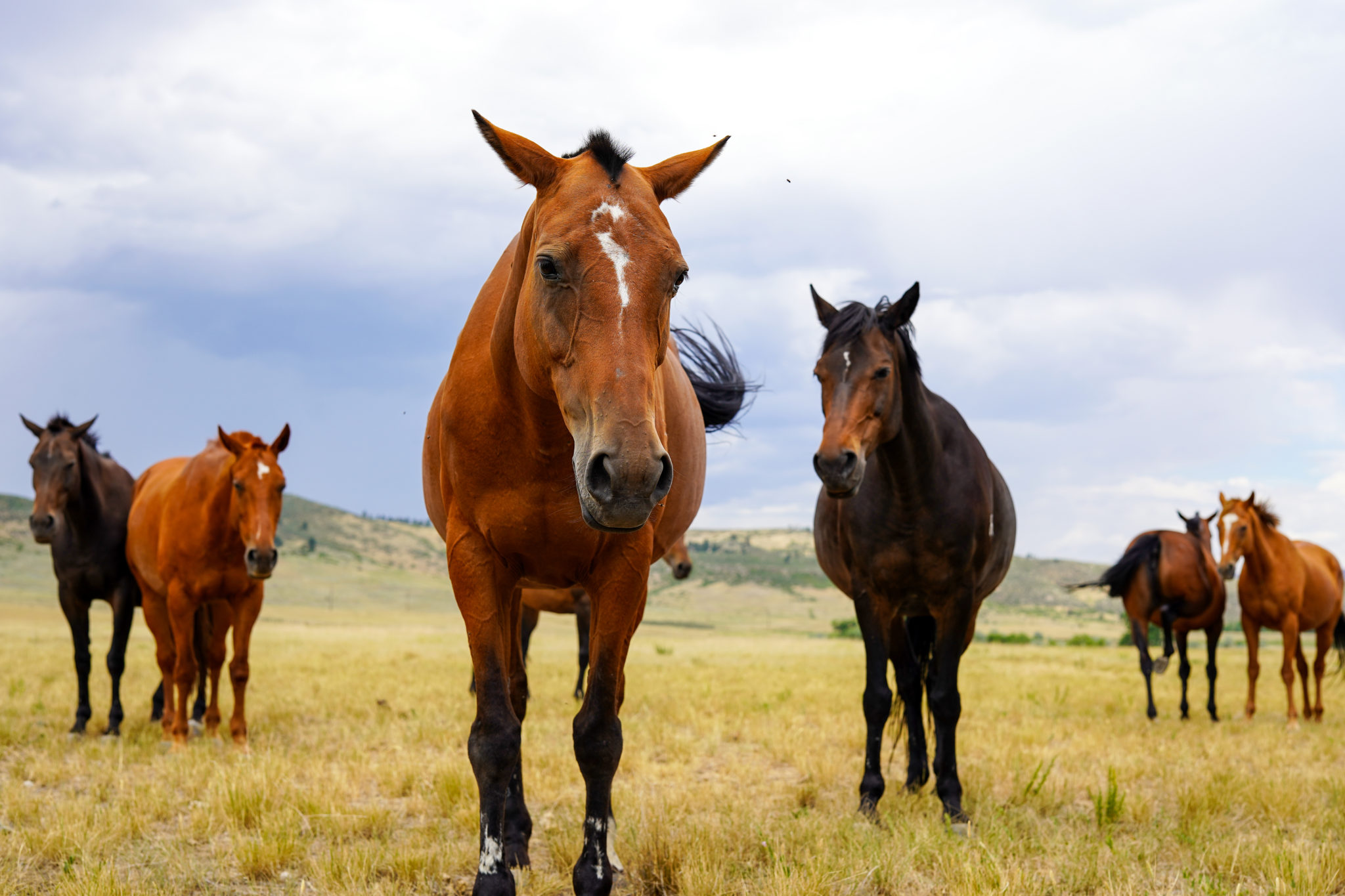
Because of all the things needed for the care and management of its 25 horses, the club is run through the College of Agricultural Sciences at the CSU Equine Center’s Foothills Campus. The organization utilizes the B.W. Picket and Adams-Atkinson arenas for matches and practices, as well as stalls to house the horses, treatment spaces to provide veterinary care, and tack rooms to store equipment.
“We have a lot of great safety protocols for the horses because we literally can’t play polo without them,” Stock said. “They’re our main priority.”
While some of the team’s horses are leased from their players, most have been donated to the club, often coming from other programs such as the Big Horn Polo Club out of Sheridan, Wyoming, and the Denver Polo Club, Coleman said. But there are still a lot of other associated costs.
The team’s $80,000 budget – which is entirely funded through member dues and donations – must cover everything from the care and feeding of the horses to travel expenses and equipment. No easy task when one regulation polo match helmet can cost upwards of $800.
“Polo can be an expensive sport,” Coleman said.
Getting ‘legged up’ for the season
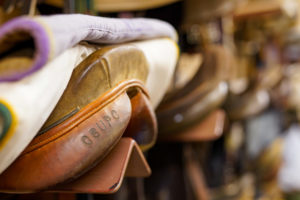 This fall, both the men’s and women’s varsity teams are getting “legged up” – polo-speak for getting the horses in shape – and playing qualifying matches before the spring season begins.
This fall, both the men’s and women’s varsity teams are getting “legged up” – polo-speak for getting the horses in shape – and playing qualifying matches before the spring season begins.
For the first match the women’s varsity team will take on Cal Poly on Sept. 30 through Oct. 1 at the B.W. Pickett Arena.
Whether folks are longtime fans or completely new to polo, Stock said the sport truly offers something for everyone.
“It’s a game that, once you start to learn it, it is really exciting and beautiful to watch,” she said. “It’s not what you expect at all.”